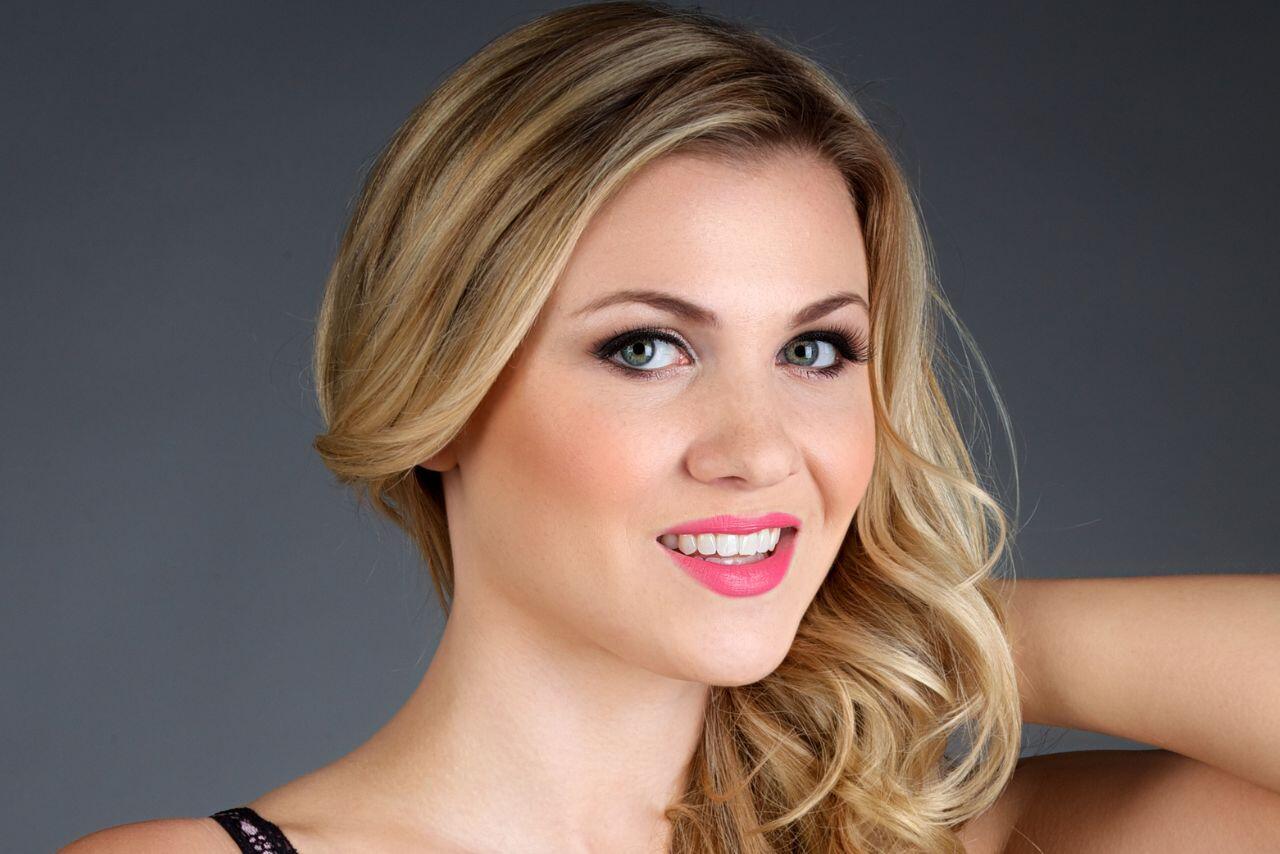
Juvederm, Restylane, Saypha, Radiesse, Belotero, Profhilo…this is just a short list of the most popular dermal fillers in the market. All of them have benefits and drawbacks, provide excellent results, and have thousands of doctors using their products all over the globe. Explore our extensive range of high-quality Dermal Filler supplies.
Some dermal fillers work better for the augmentation of lips. And others are perfect for injections into the tender areas like under the eyes. Some are designed specifically for skin hydration, while others can modify facial contours. In clinical practice, many patients have more than one area of concern on their face, meaning it’s possible that the best treatment would be to combine different dermal fillers to achieve the most perfect desired outcomes. But is this possible? Let’s take a look.
Different Fillers for Different Areas
Our skin is a complicated and varied, as its texture, depth and structure varies across the many distinct areas of our face: under the eyes, on the forehead, cheeks, temples, lips, and chin. The skin of the cheeks is mainly the densest, while under our eyes, it is extremely thin, tender and soft. That’s why under the eyes, we are more likely to see blood vessels and even dark circles in this area. If an aesthetic professional used only one filler for every facial zone, we would get a totally unnatural result – potentially dangerous. In some cases, it would be insufficient, like choosing the wrong filler to plump lips or define the cheekbones, while in the other cases, it would be too evident, artificial and harsh.
For this reason, such brands as Restylane or Juvederm developed a broad collection with roughly 10 formulas each to address the needs of every skin type, age, and individual situations. Therefore, for example, Juvederm offers Juvederm Ultra 2, Juvederm Ultra 3, Juvederm Ultra 4, Juvederm Volift, Juvederm Voluma, Juvederm Hydrate, Juvederm Volbella, and so on. These fillers differ by the level of viscosity, density, cohesiveness, and other technical characteristics.
So, can you safely combine different types of dermal fillers for various areas? Whether you are talking about multiple brands or formulas from only one brand, in both cases, the answer is yes. Dermal fillers do not migrate and remain precisely at the place where they were injected. So, the fillers do not mix and do not interact with each other. You can easily apply Juvederm dermal filler (e.g. Volbella or Voluma), let’s say, to plump the lips and then Restylane to eliminate wrinkles under the eyes. The overall results will be ideal and safe for the patient.
Different Fillers for the Same Area
Even the most experienced doctors may not always be able to determine the ideal filler that would work the best for a particular situation. Sometimes, the patient is not satisfied with the obtained result, and the question arises ‘can I apply another, different filler in the same area?’ The answer is a strict no. Let’s look at a sample situation to illustrate.
If you have injected dermal fillers under eyes, and after a week or so, the patient returns and says he/she wants more filler, you can do reinjection but only with the same formulation from the same brand. Even filler from the same brand but a different line is not suitable. The clue lies in the fact that hyaluronic acid molecules in the formulations are combined in various and different ways. This provides a different level of density, viscosity, and cohesiveness. When the two fillers meet, they will likely mix unevenly, creating lumps or other irregularities in the skin tissues. Instead of getting smooth, flawless skin, there can be unexpected and unattractive results.
This is not to mention the complications of mixing fillers that have different key active ingredients. For instance, Restylane, Saypha, Juvederm, Revolax, and Belotero have synthetic hyaluronic acid at their base, while, Radiesse’s key active ingredient is calcium hydroxylapatite, which method of action and effects are totally different from the previously mentioned brands. The mixture of two substances may lead to unwanted side effects, body rejection, and of course, unpleasant visual and tactile results.
The Bottom Line
The development and gradual improvements of dermal fillers have provided patients incredible possibilities to remain youthful looking and appear fantastic at any age. Moreover, the manufacturers are constantly developing and improving the formulations to make them more natural, more long-lasting, and to provide even more beautiful results. However, you cannot combine different dermal fillers in the same area. Different viscosity and density levels of the fillers may cause unexpected outcomes and even complications after the procedure, despite the fact that both fillers may be perfectly suitable for the patient and the area. The good news is, there is such wide variety of available fillers that well-trained cosmetic doctors should have no problem finding ideal fillers for uses in each and every situation.

About the Author: Doris Dickson is a specialist writer for Health Supplies Plus, focusing on the aesthetic medicine industry. She diligently researches cosmetic treatments and products to provide clear, concise information relevant to licensed medical professionals. Her work supports Health Supplies Plus’s commitment to being a reliable informational resource and trusted supplier for the aesthetic community.
Disclaimer: The content provided in this article is intended for informational purposes only and is directed towards licensed medical professionals. It is not intended to be a substitute for professional medical advice, diagnosis, or treatment, nor does it constitute an endorsement of any specific product or technique. Practitioners must rely on their own professional judgment, clinical experience, and knowledge of patient needs, and should always consult the full product prescribing information and relevant clinical guidelines before use. Health Supplies Plus does not provide medical advice.
